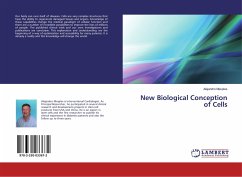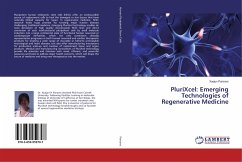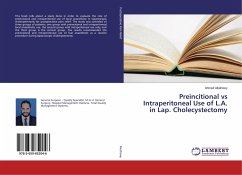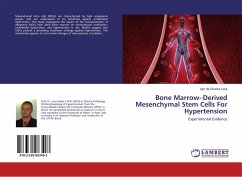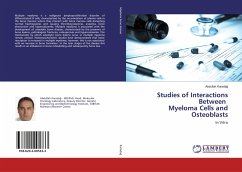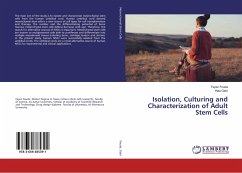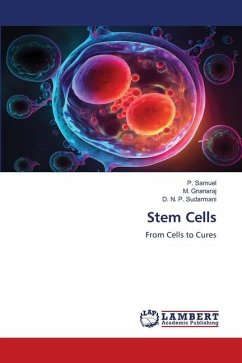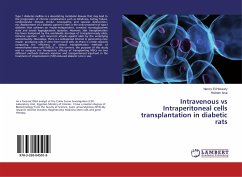
Intravenous vs Intraperitoneal cells transplantation in diabetic rats
Versandkostenfrei!
Versandfertig in 6-10 Tagen
24,99 €
inkl. MwSt.

PAYBACK Punkte
12 °P sammeln!
Type 1 diabetes mellitus is a devastating metabolic disease that may lead to the progression of chronic complications such as blindness, kidney failure, cardiovascular disease, stroke, neuropathy, and vascular dysfunction, etc.,Replacement of a diabetic patient's islets is the only treatment of type diabetes that achieves an insulin-independent, constant normoglycaemic state and avoids hypoglycaemic episodes. However, islet transplantation has been hampered by the worldwide shortage of transplant-ready islets, immune rejection , and recurrent attacks against islets by the underlying autoimmuni...
Type 1 diabetes mellitus is a devastating metabolic disease that may lead to the progression of chronic complications such as blindness, kidney failure, cardiovascular disease, stroke, neuropathy, and vascular dysfunction, etc.,Replacement of a diabetic patient's islets is the only treatment of type diabetes that achieves an insulin-independent, constant normoglycaemic state and avoids hypoglycaemic episodes. However, islet transplantation has been hampered by the worldwide shortage of transplant-ready islets, immune rejection , and recurrent attacks against islets by the underlying autoimmunity. Nowadays, there is a widespread interest in generating new insulin- producing cells in vitro from non-beta cells. As there is a little research comparing the efficiency of various transplantation methods of mesenchymal stem cells (MSCs). In this context, the purpose of this study was to compare the therapeutic efficacy of transplanting MSCs via two different methods (tail-vein injection and intraperitoneal injection) in the treatment of streptozotocin (STZ)-induced diabetic rats in vivo.



